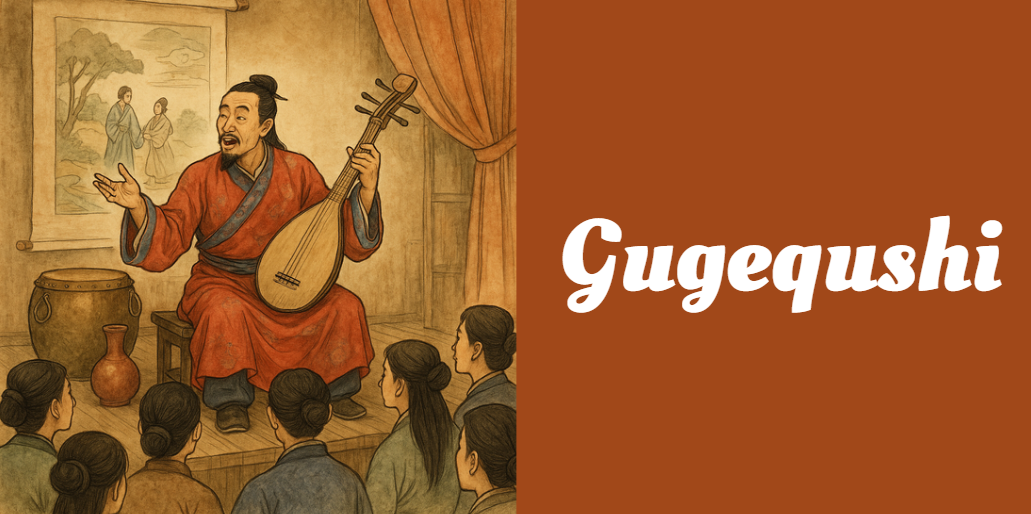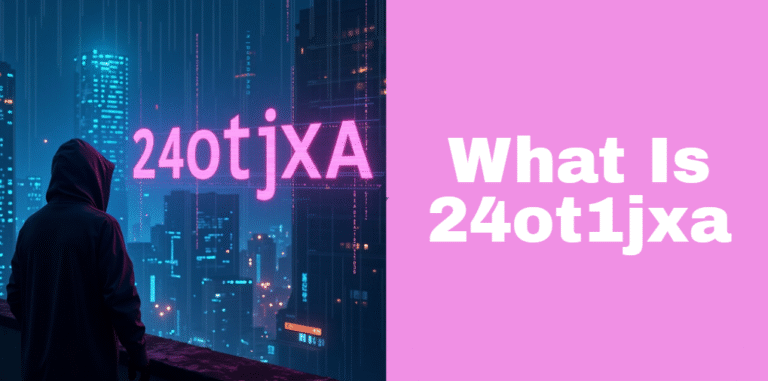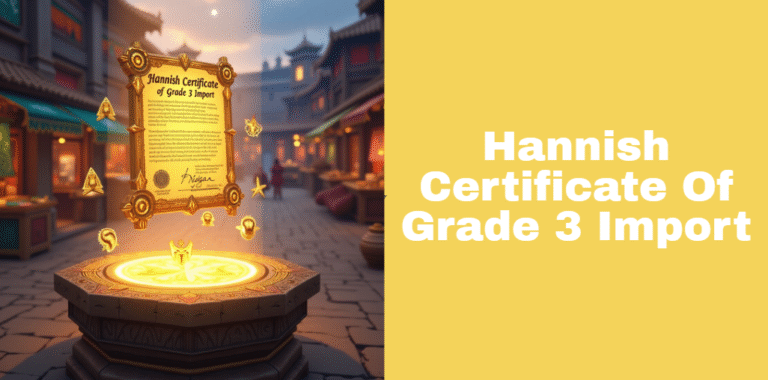Gugequshi: The Art of Chinese Storytelling Through History, Culture and Modern Revival
Gugequshi is a unique and ancient form of Chinese storytelling that blends spoken word, music, performance, and cultural wisdom into one harmonious art form. Literally translated, “gugequshi” means “ancient song and story,” a term that perfectly reflects the blend of narration and rhythm it embodies. This performance style isn’t just about entertainment—it’s a vehicle for preserving Chinese values, history, folklore, and philosophy.
Traditionally performed by a single storyteller or a small group, gugequshi captivates audiences with tales that teach moral lessons, recount historical events, or bring to life legendary heroes and everyday villagers. It is more than an artistic practice—it is a living embodiment of China’s oral heritage.
Historical Origins and Evolution
Gugequshi dates back over a thousand years, with its origins rooted in the Tang Dynasty (618–907 AD). It began as an oral tradition passed down from one generation to another, often within families or local communities. Early forms of gugequshi were deeply tied to religious and spiritual practices, including Buddhist storytelling sessions, which used tales to spread teachings and moral guidance.
Over the centuries, this narrative tradition evolved significantly. During the Ming (1368–1644) and Qing (1644–1912) Dynasties, gugequshi took on a more theatrical and musical form. It became a central part of village festivals, religious celebrations, and seasonal gatherings.
As China’s political and cultural landscape shifted, so did the structure and content of gugequshi. Themes expanded to include politics, romance, warfare, and even comedy, while the format became more refined, incorporating musical instruments like the pipa (a four-stringed lute), drums, and gongs.
Evolution Timeline of Gugequshi:
| Era | Characteristics of Gugequshi |
|---|---|
| Tang Dynasty | Religious storytelling, Buddhist influence |
| Song Dynasty | Integration with folk music and rural festivals |
| Ming Dynasty | Flourishing in public performances, moral lessons |
| Qing Dynasty | Professional troupes formed, themes diversified |
| Modern Era | Digital revivals, incorporation into film & media |
Core Elements of Gugequshi Performances
A gugequshi performance is more than just a spoken story. It is a combination of dramatic expression, lyrical beauty, and musical harmony. The storyteller often uses various techniques to engage listeners:
- Narrative Structure: Each story typically follows a traditional arc—introduction, conflict, climax, and resolution. The tales are often cyclical, with lessons repeated in lyrical refrains.
- Musical Components: Instruments like the erhu (two-stringed fiddle), bamboo flute, and gongs are frequently used to underscore emotions or transitions in the story.
- Dialogue and Monologue: Characters may be voiced differently, with exaggerated tones or pitch changes to differentiate heroes from villains.
- Interaction with Audience: Storytellers encourage audience participation—asking questions, inviting laughter, or prompting chants.
These dynamic elements make gugequshi a rich, immersive cultural experience rather than a simple narrative.
Themes and Messages in Gugequshi
Gugequshi stories are not just for amusement—they carry deep, often philosophical, meaning. The themes typically reflect the core values of Chinese civilization.
- Moral Teachings: Stories often center on virtues like loyalty, honesty, humility, and kindness.
- Family and Community: Many narratives explore the bonds between family members, or the importance of fulfilling one’s duties to society.
- Nature and Harmony: Traditional gugequshi reveres nature and teaches respect for the environment and all living beings.
- Struggles and Triumphs: Whether it’s a peasant rising to power or a lover overcoming tragedy, personal resilience is a recurring motif.
For example, a famous gugequshi tale might follow a humble fisherman who defeats a corrupt official, illustrating justice and virtue prevailing over greed and tyranny.
Modern Adaptations and Revivals
In recent decades, gugequshi has seen a remarkable revival. With the rise of digital media, this ancient art has found new audiences through innovative formats. Storytellers are now using animation, short films, podcasts, and interactive video games to reimagine classic tales.
Some creators are blending gugequshi with modern music genres, including hip-hop and electronic, making the stories more relatable for younger audiences. In urban theaters, performances often incorporate modern lighting, stage effects, and multimedia projections to bring ancient tales to life.
Examples of Modern Adaptations:
- TV Drama Adaptations: Classic gugequshi plots retold in popular Chinese period dramas.
- Social Media: Storytellers on Douyin (Chinese TikTok) share short, dramatic versions of traditional tales.
- Children’s Education: Animated series introducing gugequshi stories to young learners in schools.
This modern evolution ensures that gugequshi remains not just relevant but captivating in today’s fast-paced world.
Educational and Cultural Preservation Efforts
Recognizing the cultural value of gugequshi, numerous efforts have been launched across China and beyond to preserve this unique tradition.
In academic settings, universities and cultural institutes offer courses on gugequshi history, structure, and performance technique. Workshops allow students to learn from seasoned performers, sometimes even receiving traditional training in vocal projection, memorization, and instrument use.
Cultural festivals dedicated to oral storytelling, like the “Chinese Folk Art Festival,” often feature gugequshi performances alongside other folk traditions.
Notable Preservation Programs:
- National Intangible Cultural Heritage recognition by the Chinese government.
- Digital archives of classic gugequshi recordings.
- Local government subsidies for rural storytellers to perform in public schools.
These efforts not only safeguard the art form but also spark interest among younger generations.
Global Impact and Cross-Cultural Exchange
Although deeply rooted in Chinese tradition, gugequshi is increasingly gaining international attention. Performers have been invited to international festivals, where they share the stage with other storytelling traditions from Africa, Europe, and the Americas.
Translations and adaptations of gugequshi stories are also being published in English, Japanese, and French, opening the doors to cross-cultural understanding.
Some collaborations include:
- UNESCO Cultural Exchange Programs
- International Storytelling Conferences
- Cross-cultural theater projects where gugequshi is fused with Western theatrical techniques.
This global reach reinforces gugequshi’s potential as a universal storytelling medium.
Challenges and Future Prospects
Despite its cultural richness, gugequshi faces several challenges. One major concern is the declining number of traditional storytellers. As older generations pass away, younger practitioners must be trained to preserve the authenticity of this art.
Another challenge lies in the modernization of content. While digital media offers new opportunities, it also risks diluting the original essence of gugequshi by focusing on visual appeal over depth and nuance.
However, with continued cultural investment and creative innovation, gugequshi has a promising future. There is growing interest in nominating it for inclusion in UNESCO’s list of Intangible Cultural Heritage—a step that would bring further global attention and support.
Conclusion
Gugequshi is far more than an ancient art—it is a living, breathing tradition that continues to evolve. From its roots in Tang Dynasty monasteries to modern-day digital platforms, gugequshi has captured the hearts and minds of listeners through compelling stories and timeless lessons.
As China continues to modernize, gugequshi remains a vital link to the country’s past and a bridge to its cultural future. By preserving, adapting, and sharing this art form, we ensure that these stories—and the values they carry—will endure for generations to come.
Recommended Articles
Discover www Free Worlderorg – A Complete Guide to Ethical Travel & Cultural Exchange
Kimaree 7080 Highway 61 Apt 102 – Your Complete Guide to Modern Living in Barnhart, MO
Complete Guide to http://164.152.29.41:app – Remote Software Deployment Portal Explained
Your Ultimate Guide to www.befitnatic.com – Fitness, Wellness & Lifestyle in One Place






